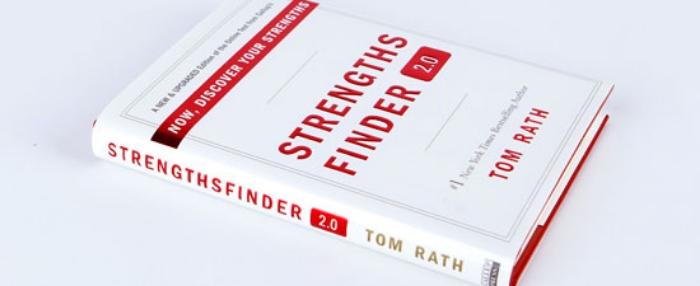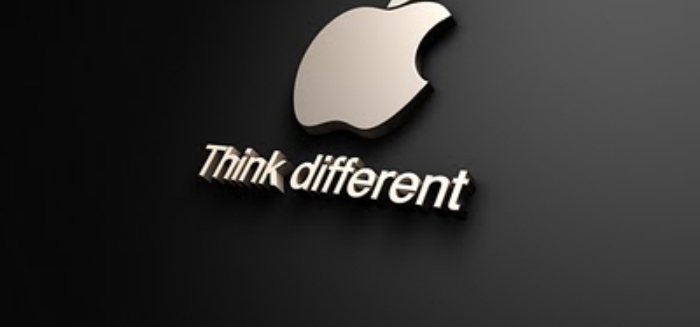Raise your hand if you have ever browsed monster.com and indeed.com using the shot-gun method - Copy. Paste. Submit - Copy. Paste. Submit. I just applied to 10 jobs!
Well congratulations Butch Cassidy, how has that been working for you? Don't get me wrong, I am guilty of the same crazy, desperate, late-night methods and still expected overly ambitious results. In marketing we refer to this as a push strategy - "I am going to blast content (read: job applications) out into the world in the hopes of hitting interested customers". This however can be a waste of time and in the long run won't sustain a healthy career.
Wouldn't it be great if employers approached you instead?
This is what we call a pull strategy, which takes more time and investment. So Happy 2014, Resolution #1 - invest energy into your own personal brand. Approaching your career like a business, this post will help you brand and market yourself concisely and effectively. Follow the steps!










